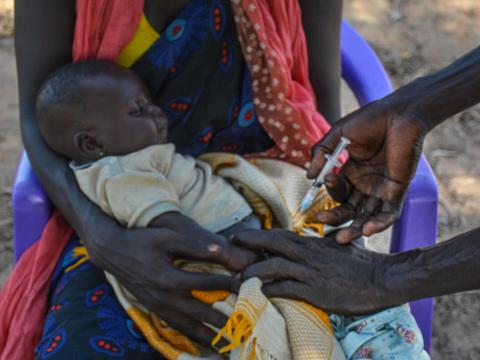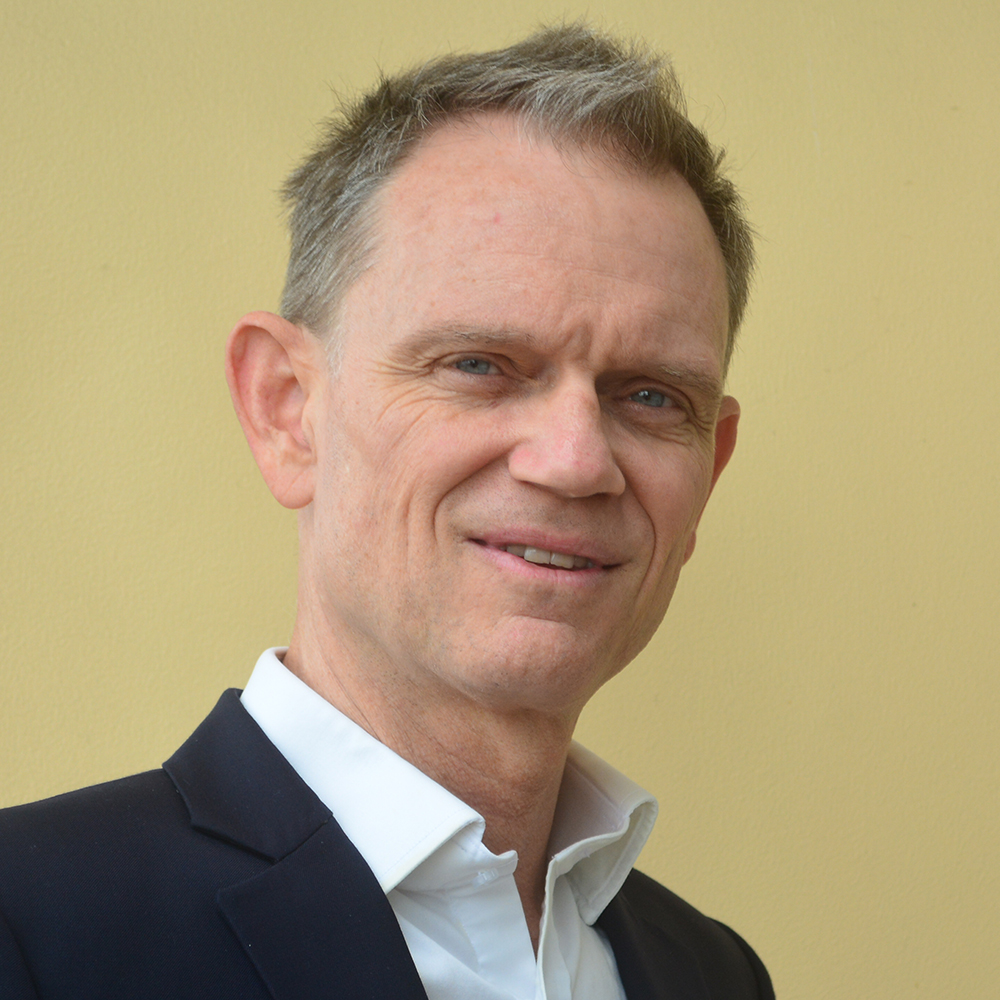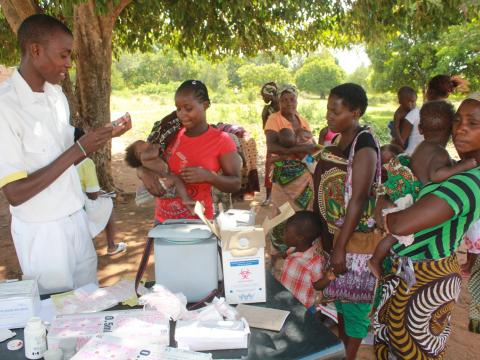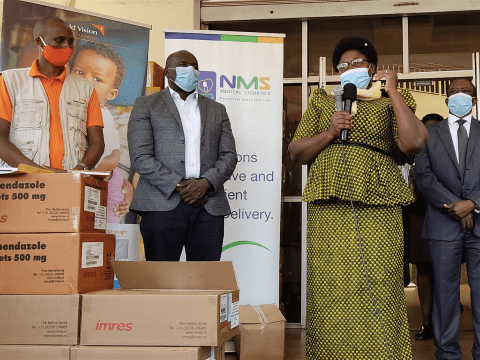
We must remove immunisation barriers for the Zero-Dose children
Dan argues that the benefits of immunisation are obvious, but every immunisation campaign must listen, inform, dialogue, empower to parents
When I first went to Africa thirty years ago, beginning in what was then Zaire (now Democratic Republic of the Congo), I was amazed to see a significant proportion of people affected by polio. The signs were clear: an atrophied leg, a crude crutch or wheelchair, and fierce determination to overcome the disability. Of course, many others did not survive polio, which has a case fatality rate up to five per cent in infected children, and 30 per cent among adults and adolescents. I’d seen far fewer cases in the US for a single reason – the national scaling of polio vaccination in children since the late 1950s, resulting in national disease eradication in 1979. Today, through vaccination, most of the world has eradicated this disease, freeing parents and children from the terrible associated fear, anxiety and human cost.
Similar stories can be told about smallpox (the only disease to be eradicated globally), measles, pertussis (whooping cough), diphtheria, tetanus and many others. In 2019, 86 per cent of the world’s children were vaccinated against diphtheria, pertussis and tetanus, through the polyvalent “DPT3” vaccine. This coverage dropped to 83 per cent in 2020 due to COVID-19 related service disruptions. In 2020, 84 per cent of children had received at least one measles vaccine, 70 per cent had received three doses of the Hib (Haemophilus influenza causing meningitis and pneumonia) vaccine, and 70 per cent were covered for rubella. Other immunisations have lagged, such as Hepatitis B at 40 per cent, Human Papillomavirus (addressing cervical cancer) at 13 per cent, Pneumococcal at 49 per cent and Rotavirus at 46 per cent.
Sadly, an estimated 23 million children missed out on basic vaccines through routine immunisation services in 2020, leaving them unnecessarily vulnerable to disease, suffering, and death. Most of these children, up to 17.1 million, did not receive a single vaccine, also referred to as “Zero-Dose Children,” who account for nearly half of all vaccine-preventable deaths. They are sometimes lost in health systems, sometimes excluded, sometimes denied access by their families, and often live in fragile or conflict-affected settings. They are, as a result, vulnerable and disadvantaged. We must, collectively, find and remove the barriers for these children so that they can also live life in all its fullness. This is about basic child protection and children’s rights.
Immunisation is one of the lowest cost, highest impact public health interventions we have. Childhood immunisation is scalable, and sustainable, which is why the world has made such dramatic achievements against the noted diseases, and even remarkably against COVID-19. While cynics will always find exceptional circumstances to constitute fear-mongering arguments, the life-saving impacts of vaccines are rather obvious. Unfortunately, in public health, what should be obvious becomes forgotten – an “out of sight, out of mind” phenomenon. Smallpox has long been eradicated, so people today disregard the miracle of smallpox vaccination, and the miracle of polio vaccination, and so on. We find a whole new battle to be fought, and a new generation of disbelievers, for each new miracle.
In World Vision we’ve long understood the power of local belief systems in decision making regarding immunisation. In Moradabad, India, for example, we listened to community concerns and developed polio vaccine champions in store and restaurant owners, barbers, taxi drivers and Imams. These community champions were more influential than doctors and political leaders, the latter of which often evoke mistrust. We have always found that where we are willing to listen, and to take time to discuss immunisation, communities will come forward to participate. Parents, after all, are rightly concerned and protective of their children. It is only through such sincere community engagement and partnership that India, and most of the world, eradicated polio. This approach holds true for every immunisation campaign: listen, inform, dialogue, empower. The world prevailed for smallpox and polio, and must do so for today’s Zero-Dose Children.
To learn more about World Vision's health and nutrition work click here
To learn more about our work on COVID-19 click here
Dan Irvine is World Vision's Senior Director, Health and Nutrition'


